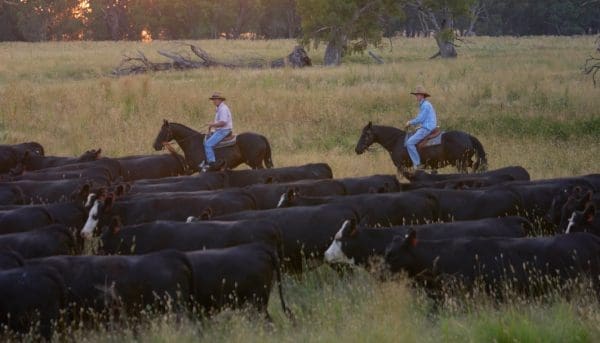AUSTRALIA’S national science agency CSIRO has published an assessment of twelve carbon sequestration technologies and the role they could play in helping Australia reach net zero emissions.
The report, prepared for the Climate Change Authority with co-funding from the Clean Energy Regulator, looks at a range of carbon sequestration options for supporting Australia’s national emissions reduction goals.
In this report, carbon sequestration describes the process of capturing and storing carbon dioxide from the Earth’s atmosphere; and the management of existing carbon stocks, using natural or engineered solutions.
Co-lead author of the report, CSIRO Towards Net Zero Mission Lead Michael Battaglia, said the report brought together scientists with expertise across a range of nature-based and engineered sequestration technologies, to look at their sequestration potential, barriers to uptake, and co-benefits.
The technologies reviewed were permanent plantings, plantation and farm forestry, natural regeneration of native forest, avoided land clearing, savanna burning, soil carbon, blue carbon, pyrolysis biochar, geological storage (carbon capture and storage), bioenergy with carbon capture and storage (BECCS), direct air capture (DAC), and mineral carbonation.
“We found that nature-based technologies such as permanent plantings, plantation and farm forestry, and soil carbon currently provide significant potential; as does Australia’s vast geological storage capacity,” Dr Battaglia said.
“Biochar, mineral carbonation and DAC also have significant sequestration potential but are associated with higher costs. Further research and development of these technologies is needed to bring down costs and increase national sequestration potential.”
While the report considers the potential for each technology, it does not analyse the impact of competition for land, resources, or energy between different technologies.
These will be important considerations when it comes to implementation, as it will mean realisable sequestration is likely considerably lower than technical and economic potential sequestration estimates provided in the report.
Lead of CSIRO’s CarbonLock Future Science Platform Andrew Lenton said to help Australia reach its emissions reduction targets, we will need to remove significant amounts of carbon dioxide from the atmosphere.
“No single technology will get us there. An integrated and optimised portfolio of technologies will be required,” Dr Lenton said.
The report says a comprehensive integrated assessment modelling approach will need to quantify potential and feasible sequestration opportunities and to guide development at the national and regional scales.
Informing the Climate Change Authority
The report will inform an Insights Paper on carbon sequestration being published by the Climate Change Authority, which will help inform the advice to government on Australia’s 2035 emissions reduction target.
Climate Change Authority CEO, Mr Brad Archer said understanding Australia’s carbon sequestration potential will help us build greater ambition into our climate targets.
“This first ever stocktake of Australia’s carbon sequestration potential provides a valuable synthesis of the current level of understanding. It also identifies ways to improve the evidence base to inform Australia’s options for pathways to net zero and beyond,” Mr Archer said.
“Carbon sequestration could bring many opportunities to Australia’s regions and rural and remote areas, including new income streams, jobs, and valuing and protecting the knowledge and practices of First Nations Australians.”
Carbon Market Institute CEO John Connor said the report was a vital part in validating the role environmental markets can play in Australia reaching climate targets.
“We welcome today’s CSIRO report on Australia’s carbon sequestration potential as an important contribution to our growing literacy in this area. It provides scientific backing for carbon sequestration as a vital part of the net zero picture, and equally importantly, net negative emissions beyond that,” Mr Connor said.
“It reinforces that Australia can and should be taking advantage of the range of nature-based solutions at its disposal – as long as they are fit-for-purpose – and consider investing in new methods with proven sequestration potential.”
Source: CSIRO


This is rediculous. I would like to see the no. Of trees that have survived replanting. Grass would have more carbon storage . Clearing and planting grass has stopped irrosion and sticking rates have increased from a beast to 40 or 60 acres to 1 beast to 5 or 10 acres. All the so called clearing is of regrowth, farming or residential. To plant trees in lesser rainfall requires irrigation and no production from livestock or farming. CSIRO paid workers need to be sacked.